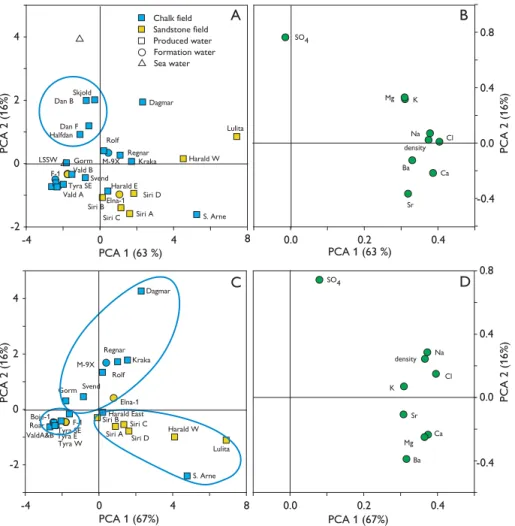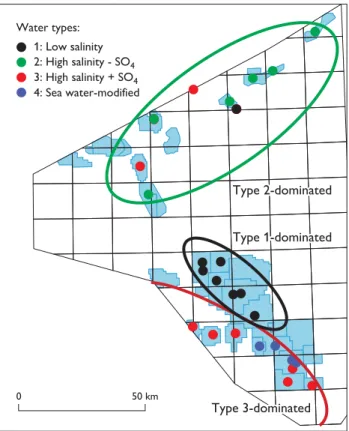Review of Survey activities 2015: Types of formation water and produced water in Danish oil- and gasfields: implications for enhanced oil recovery by injection of ‘smart’ water
Texto
Imagem



Documentos relacionados
A análise de componentes principais permitiu destacar seis autovalores, explicando 82,51% da variância total das observações, e a análise de agrupamento possibilitou o
As doenças mais frequentes com localização na cabeça dos coelhos são a doença dentária adquirida, os abcessos dentários mandibulares ou maxilares, a otite interna e o empiema da
Fernando Lamers Correlação entre o índice de dependência de nicotina e lesões de mucosa oral nos índios Guarani Kaiowá/Nandeva Dissertação apresentada ao Programa de
Ousasse apontar algumas hipóteses para a solução desse problema público a partir do exposto dos autores usados como base para fundamentação teórica, da análise dos dados
observed a marked decrease on platelet levels after surgery which persisted until the 3 rd postoperative day 142. starting to increase afterwards, albeit not reaching the
amicalis used in this study yielded two types of SACs (Type I and II) with different activities, one which reduced the surface tension of water and produced O/W
The aim of the paper is to test stability and biophysical properties of oil in water (o/w) and water in oil (w/o) cosmetic emulsions with the addition of selected vegetable
Variation of the reaction parameters (temperature, flow rate and molar ratio) positively influenced the mass transfer coefficient (kc) which varied from 0.95 × 10 −4 to 2.39 ×